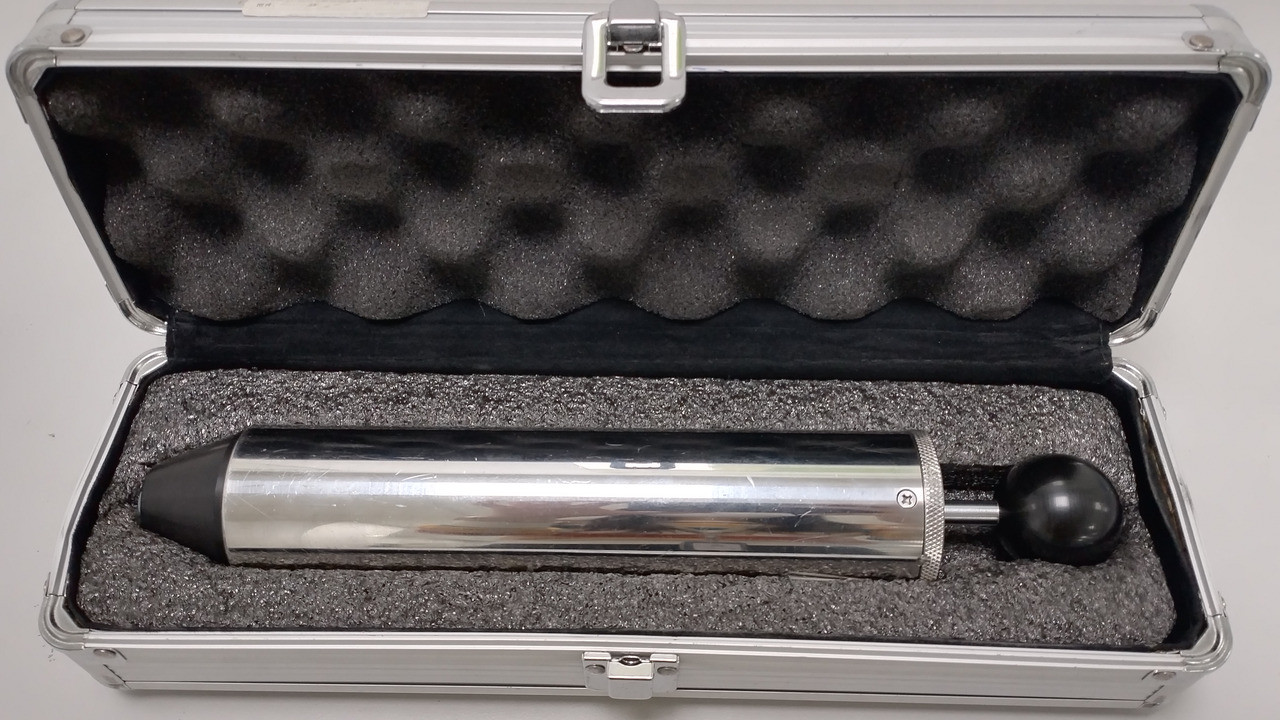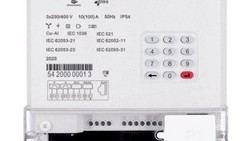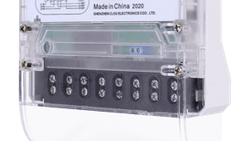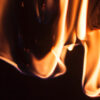Maybe you have noticed, that the spring hammer test isn't listed in the IEC 62052-11 edition 2, valid since the year 2020. This article is to complete our series of type tests for energy meters and to answer questions about the procedure.
Spring hammer tests have been part of the mechanical tests for electronic energy meters, and are mandated by the International Electrotechnical Commission (IEC) 60068-2-75 standard in conjunction with IEC 62052-11 for type tests before edition 2 (year 2020). A spring hammer test is a specialized test designed to evaluate how the meter can withstand shocks, ensuring that it will remain safe and reliable in normal operating conditions.
What is a Spring Hammer Test?
Mechanical impacts to stress electrotechnical equipment in service can be generated by devices of various types. IEC 60068-2-75 provides three international standardized test methods for determining the ability of a specimen to withstand rigorous and stringent impacts. The IEC 60068-2-75 test is used primarily to establish an acceptable level of robustness when assessing the safety of a product.

The IEC 60068-2 test is applicable to energy levels ranging from 0.14 to 50 joules.
For this IEC impact test method, the severity of the hammer test is defined by the impact energy value and number of impacts. The energy value must be one of the following: 0.14 – 0.2 – (0.3) – 0.35 – (0.4) – 0.5 – 0.7 – 1 – 2 – 5 – 10 – 20 – 50 Joule. The number of impacts is three per location, if not stated otherwise. The required kinetic energy for meters is 0.2 J ± 0.02 J.
The spring hammer test device is subject to annual calibration by a dedicated external test laboratory.
How is the Test done?
The spring hammer test is also known as drop-test, and it involves dropping a rounded weighted hammer onto the meter's top cover to simulate an extreme operational environment. This type of test is carried out in order to ensure that the meter has been designed and manufactured to the required standard and will withstand impacts caused by external forces, such as hail and moving objects due to high wind loads.
A compressed spring accelerates a striking element (the hammer) to hit the energy meter surface. The spring is released from a locking mechanism by pressing the cone-shaped end of the impact hammer against the meter under test. The theoretically most promising test positions to cause a fail are the display cover and the optical port plastics.
PASS or FAIL?
The meter is positioned flat on solid material and the spring hammer shall act on the outer surfaces of the meter cover including windows and on the terminal cover. The result of the test is satisfactory if the meter case and terminal cover do not sustain damage which could affect the function of the meter, and if it is not possible to touch live parts.
Slight damage, which does not impair the protection against indirect contact or the penetration of solid objects, dust and water, is acceptable. The verification is done by a visual inspection.
Takeaway
The spring hammer test has been part of the IEC 62052-11. It's omitted in the edition 2 of this standard. Nevertheless, the CLOU laboratory is doing additionally tests on sample base during production and during factory acceptance tests. Due to our high quality standards, CLOU meters are always passing this test without any damage.
Please contact us if you have any queries about our testing techniques, products or services.
Editor's note: This article was originally published in March 2023 and has been updated for comprehensiveness.





All comments are moderated before being published. Inappropriate or off-topic comments may not be approved.